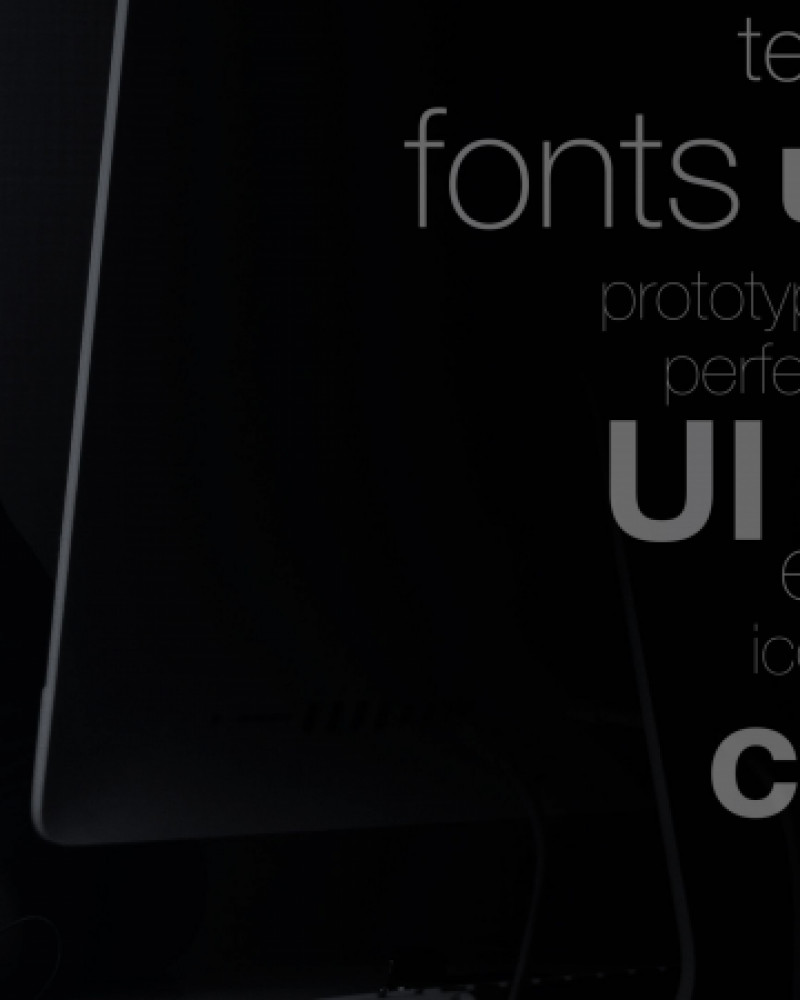It doesn't matter which site you plan to order - a one-page or multi-page project, you need to understand that it takes time, effort and financial costs. After all, the site is a kind of purchase of real estate, your property will be managed by you personally. And it is important to make sure that the site will turn out as high quality and convenient for your customers as possible.
The main stages of website development:
- Discussion
- Analysis
- Technical task
- Design
- Layout
- Programming
- Testing
- Filling
- Support
Before taking on the development of a site, it is important to think over all the details to the smallest detail, draw up an action plan, the so-called technical assignment, and, on the basis of this data, get down to work.
1. Discussion
Whatever work you do, you need to spend a lot of time on planning, and the rest of the time on implementation. Saving time at the stage of discussion and planning of your project can result in errors due to which you will have to redo and rethink the finished work. Therefore, it is better, before starting work, to think over each step, and then start doing something.
Let's take a look at the main points to consider when creating a new website.
2. Analytics
The first and very important stage in the development of a new site is to determine the target audience and analyze the main competitors. You need to understand for which audience the site is being designed, what their needs and wishes are. Then you can adapt the site so that it is as convenient and interesting as possible for your customers. To do this, you need to answer a number of important questions:
- who is your main client
- what information they want to see on your site
- what methods of communication they prefer to use
- how to make the most of your resource
To do this, you need to carefully study your audience, study the best solutions of your competitors, find all the pros and cons, and then use all the information collected for your own purposes.
3. Terms of reference
Formation of TK is a very important stage and here you should not save on time. TK is a detailed plan of actions and requirements for a future project, its capabilities and performance. In fact, the TK is the result of the two previous stages, on the basis of which specialists are accepted for further work.
What should be the terms of reference for your project to be implemented efficiently:
- Details are in the details. Absolutely everything, every little thing and detail, should be spelled out in the TK. Then the development will take less time and will be performed with high quality and meet the customer's requirements.
- Absolute precision.
- Clear and simple text.
4. Design
Website design development is responsible for the visual part of the project:
- Colour;
- structure
- fonts;
- animation;
On the basis of the data approved in the TK, the corporate identity of the customer is formed, the site receives a recognizable and appropriate appearance for the company. It is good to follow trends, do not chase after all the fashionable tricks, the site must first of all be clear and simple for the client, the design must be relevant for at least 1-2 years and after that it will be possible to carry out a partial redesign.
5. Layout
Once the design is ready and approved, the next step is responsive layout. All pages drawn as an image are translated into HTML format, thereby creating the skeleton of your future site. The layout is necessarily adaptive so that your site is ready to work on any device, be it a PC, tablet, smartphone or any other gadget.
It is important to understand that design and layout are 2 dependent things, so the more time is devoted to design and the more actively the customer participates in its development, the higher the likelihood that the layout already laid out will meet expectations.
6. Programming
At this stage, we have a skeleton of the site in the form of an HTML template, then a programmer gets down to business, who will revive your project. To make it clearer, the HTML template is just a wrapper for the candy, but at this stage we have to make the candy itself. There are a lot of programming languages, so this moment is also prescribed in the TK. Based on the template and the technical specification, the programmer prescribes all the logic of the site's work. It happens that the layout goes in parallel with programming, if the project is clearly formulated and understandable from and to.
7. Testing
Programming proceeds in stages, the programmer assembles the site in parts, and having screwed a part of it, you need to immediately test and check whether it works or not. And this happens at every stage of the site logic development. After the development is completed, the entire site is globally tested, it is filled with fake data and the operability of each page, element, etc. is checked. The layout is also checked for correct display.
8. Filling
After testing and eliminating all the errors or nuances that have arisen, the customer gets access to the resource, if necessary, we train the staff, show how it works, and the client can start filling the site with real data. After the site is full, another
one global testing and the site is uploaded to the hosting (server) customer and comes into operation.
9. Technical support
When transferring a project, specialists teach how to work with the administrator panel, as well as with other services. After that, the owner can independently add new content, post products and use the rest of the site's functionality. But often questions arise where the help of the developer company is needed, as well as various bugs and errors may arise during the work and development of the site.
Additionally
We have listed the main stages of website development, but they can also be supplemented with stages such as SEO optimization, to improve the position in search engines, connecting third-party resources, etc. So when choosing a partner company to develop a site, make sure that each stage of development will be carried out and in the process of work it will correspond to the prepared TK. Also look at the portfolio, and more importantly, clearly form your wishes and follow them to the end.





